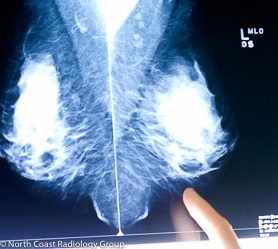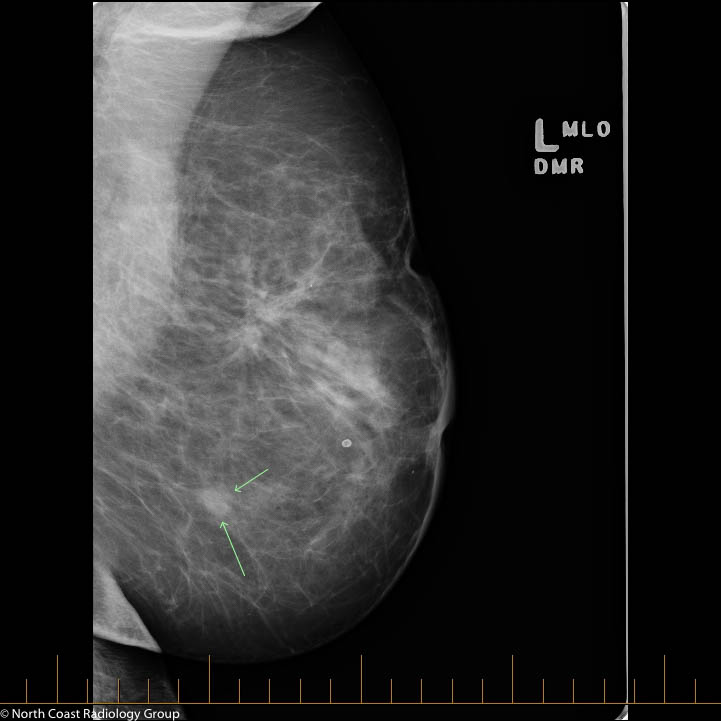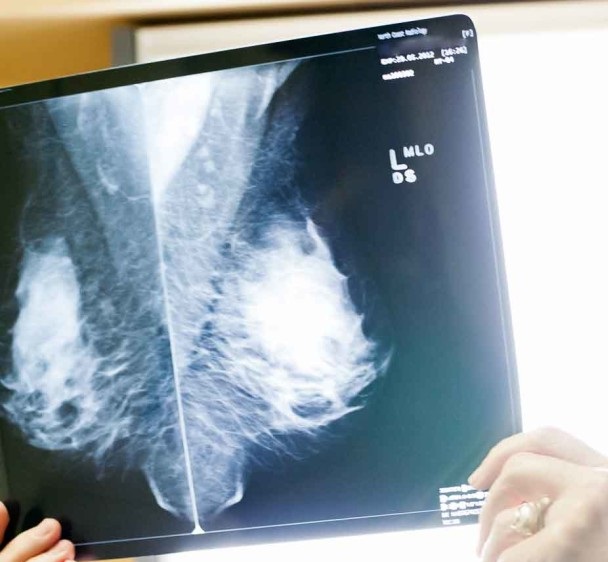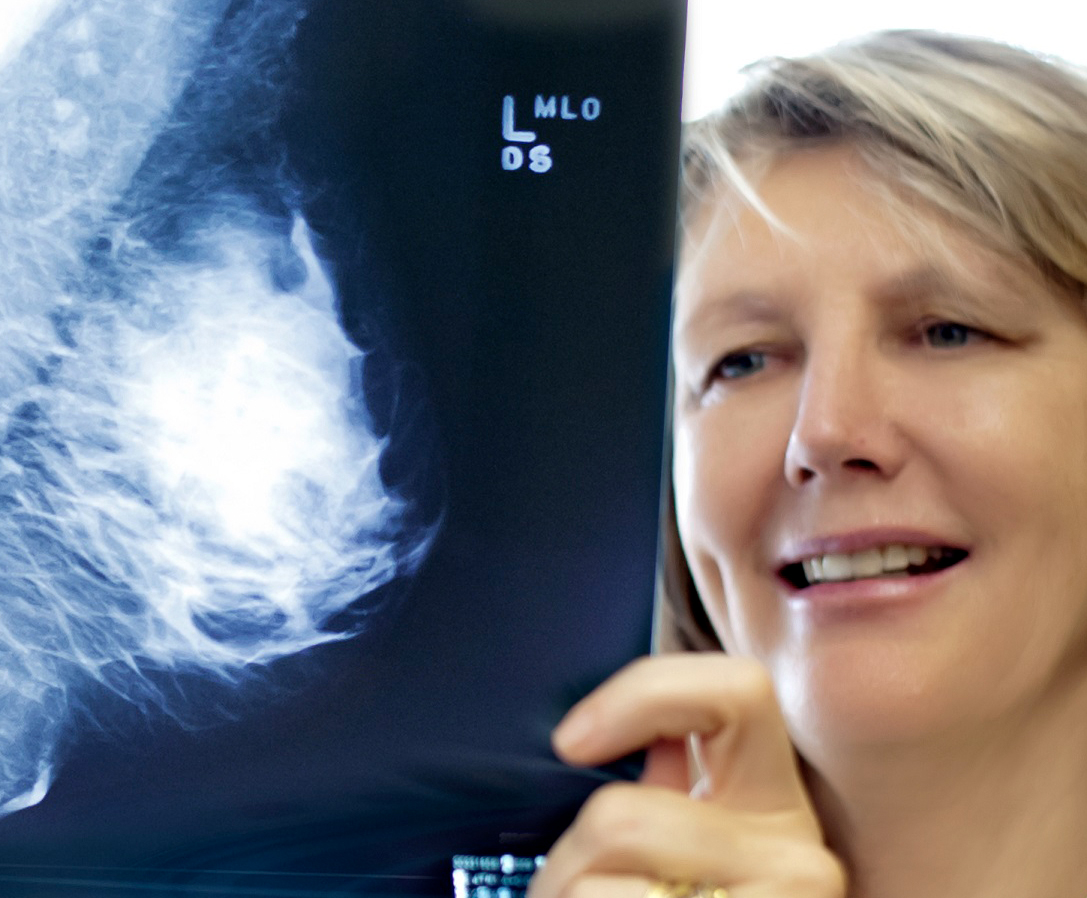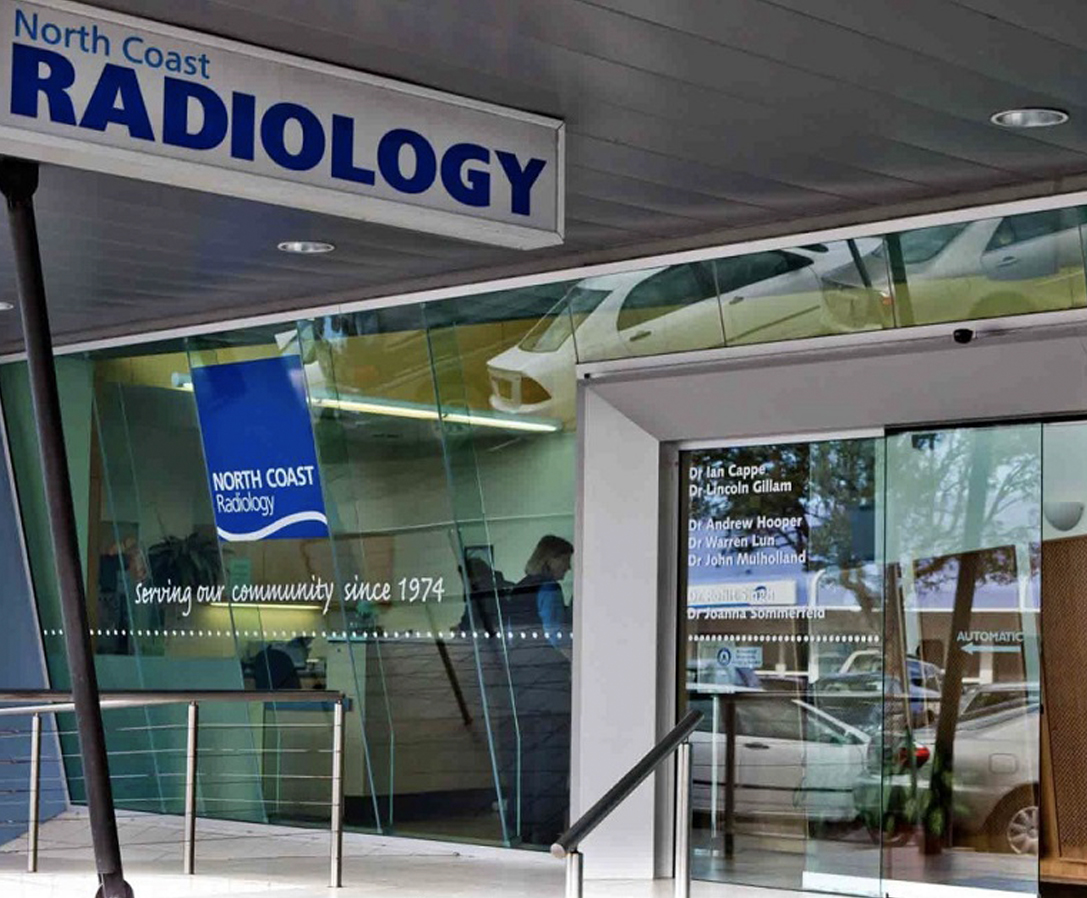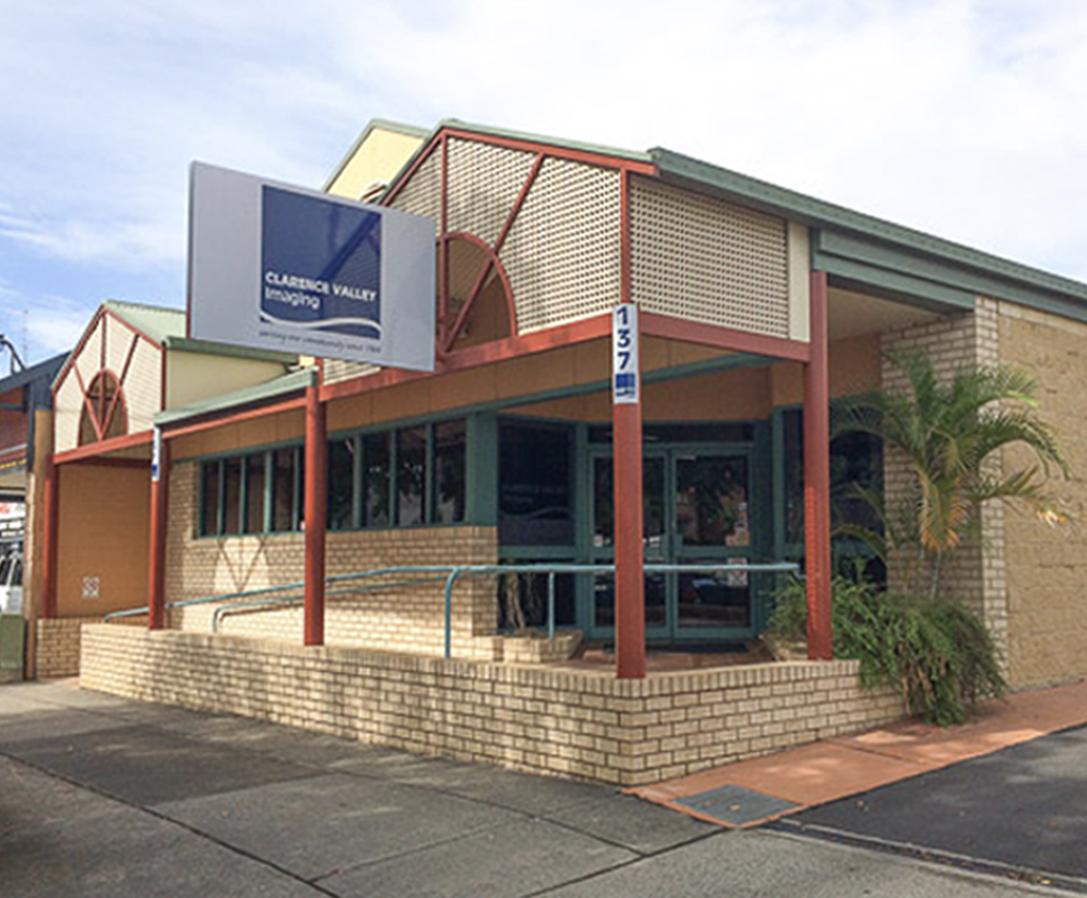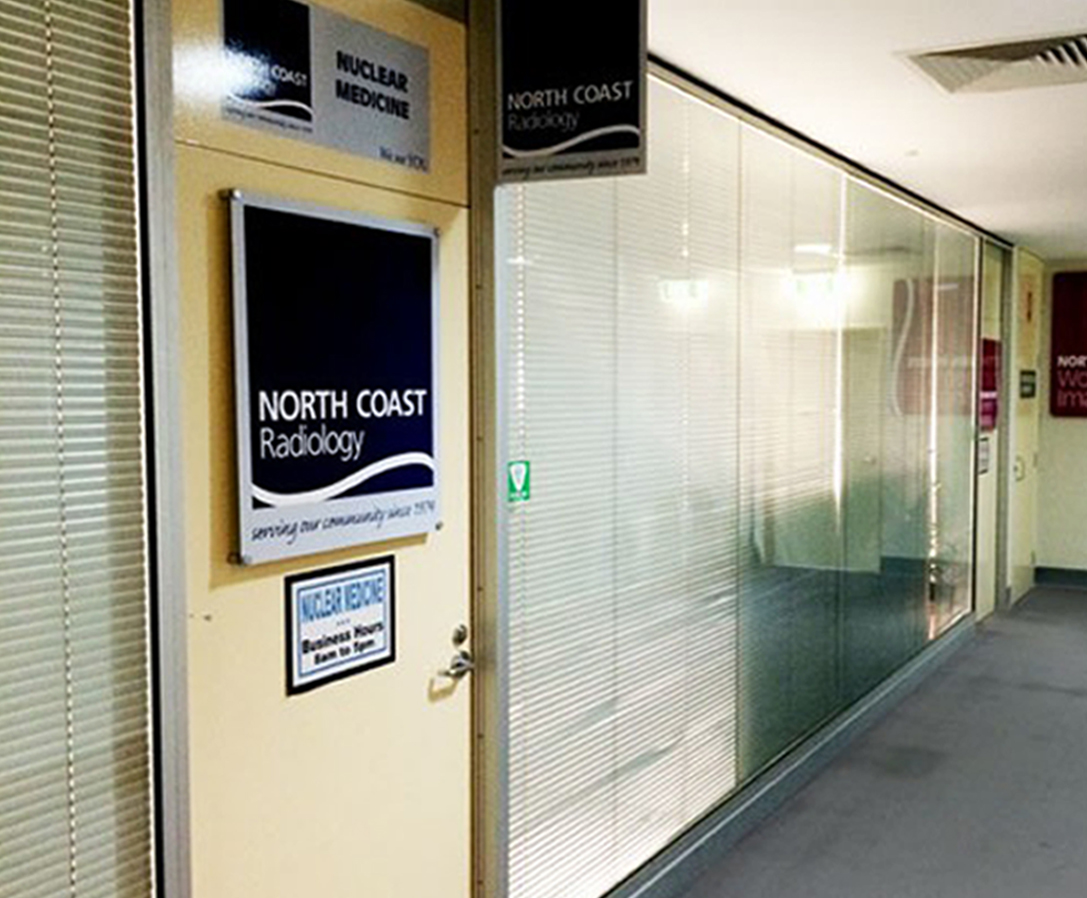Mammography
Mammograms involve a low dose X-ray examination of the Breasts. Mammography plays an important part in the early detection of Breast Cancer, before there are any signs or symptoms of the disease. A Mammogram can be either 2D or 3D.
A 3D Mammogram captures a series of thin ‘layers’ (around 1mm thick) through the breast providing greater detail.
3D Mammography can demonstrate early invasive breast cancers more clearly than 2D Mammography alone. 3D Mammograms may be more valuable for those with dense breast tissue or implants.
2D Mammogram capture images in 2 dimensions. This may be appropriate for those patients with non-dense breast tissue and/or where a lump may be larger.
Breast Ultrasound
Not all breast cancers can be detected by mammography alone and referring Doctors usually request a Mammogram in conjunction with an Ultrasound. Ultrasound uses sound waves and can find different types of lesions to Mammograms.
US of the breast is a real time examination; a patient can indicate the location of a lump and it can be immediately viewed and correlated by the Radiologist with Mammography.
Ultrasound is also used to assess lumps seen on Mammography and to determine if they are solid or cystic.
Microcalcification, which can be a sign of early cancer, is generally not visible on Ultrasound and is usually found with Mammography.
3D Mammogram technology is available at Lismore Women’s Imaging, Ballina and Grafton.
Breast Biopsy
Biopsies are a specialist radiological procedure performed by the Radiologist using Ultrasound to obtain a sample of a lesion for a Pathologist to examine.
A biopsy of a breast lesion under 6mm in size may result in removing most of the lesion and therefore the site of the lesion could be difficult to locate in the future. A Radiologist may recommend the placement of a breast tissue marker (breast clip) to ensure the site of the lesion could be located again if needed.
Implants
If you have an implant, you may be concerned about the impact of a Mammogram in terms of potential leakage/rupture. Having an implant makes a Mammogram no less important. Mammograms are generally safe if you have an implant unless there is already an issue with the implant.
The amount of compression used in Mammograms is less when imaging patients with implants, to reduce any risk of rupture. The implants can obscure some of the breast tissue on Mammography but this is minimised with 3D Mammograms as they reduce hidden tissue to a minimum.
Do Men have Mammograms?
Yes, Men can and often do have Mammograms. Men may have “lumps” in the breast, as women do. Most often, as with women, these lumps are not cancer, but caused by hormonal changes in the body. Rarely, a male breast lump may be malignant. One percent of all breast cancers occur in men.
For information for women with implants click here

